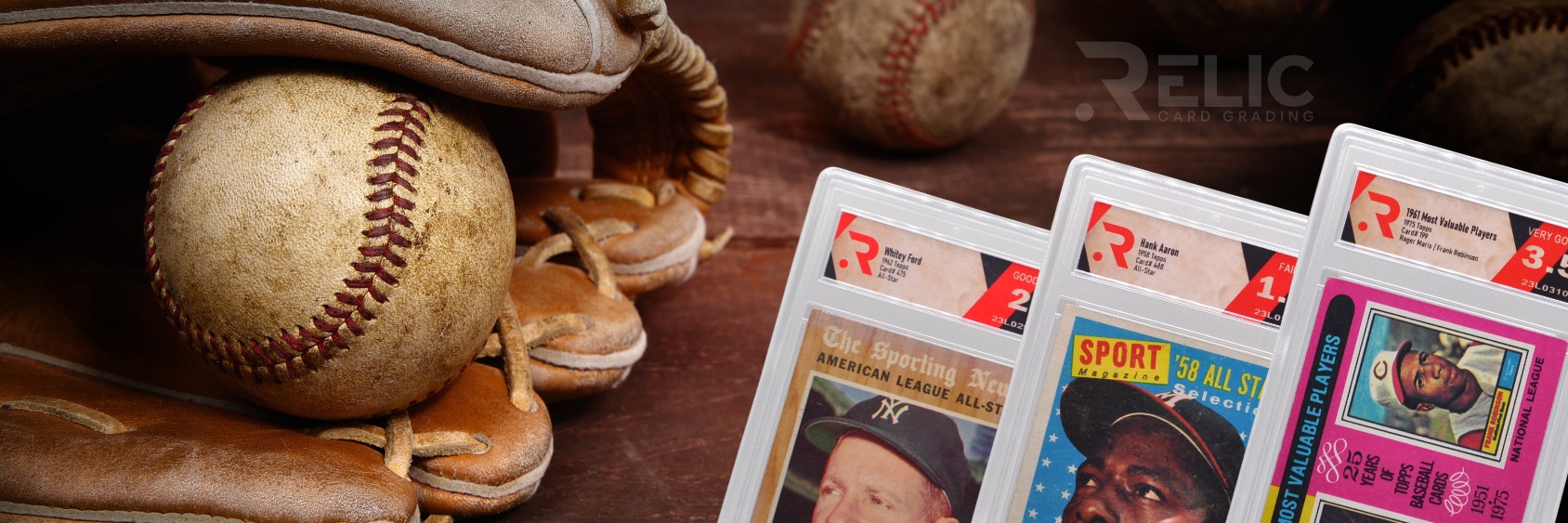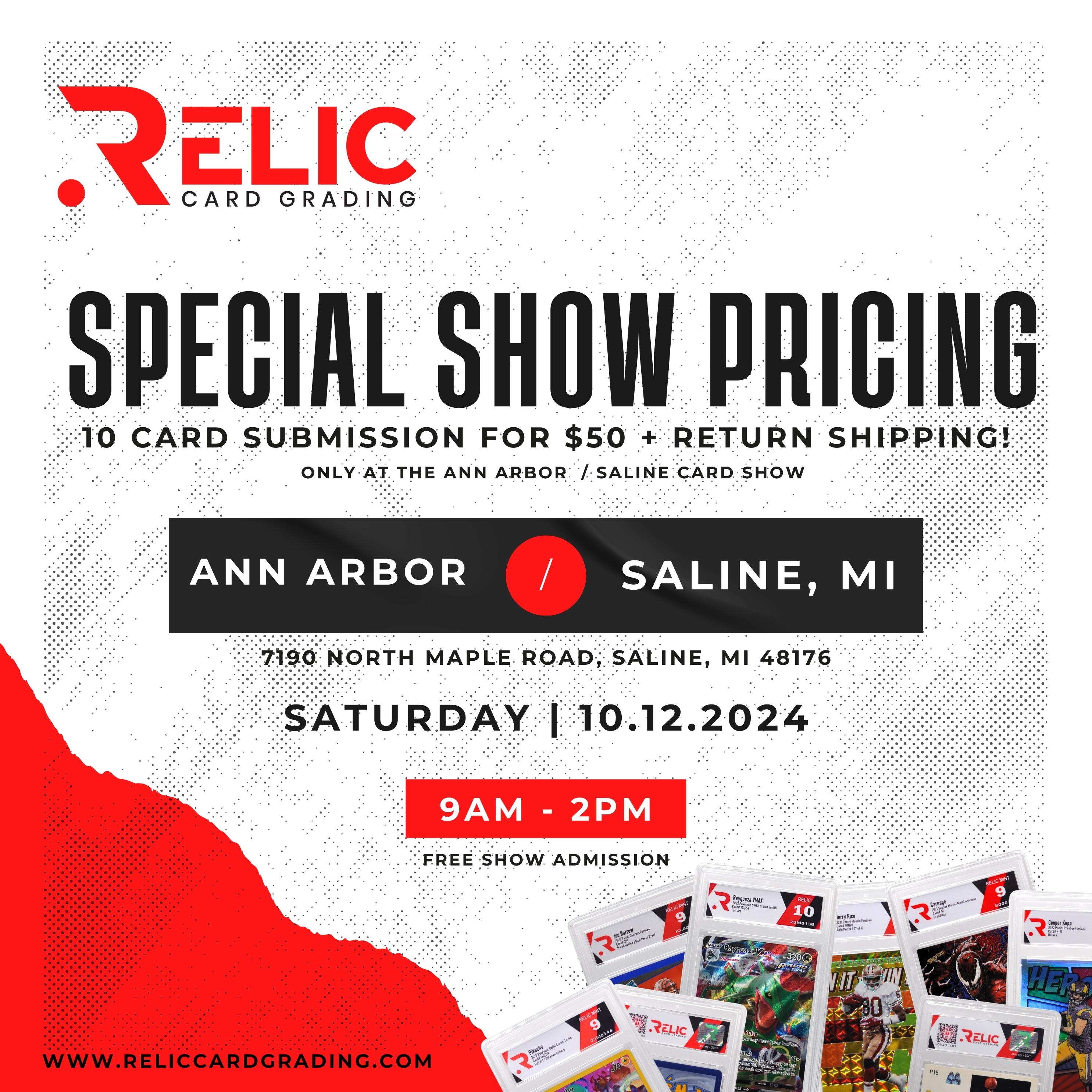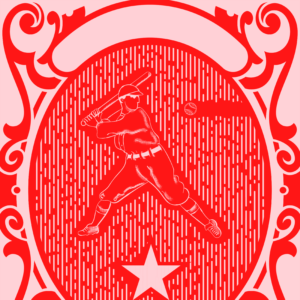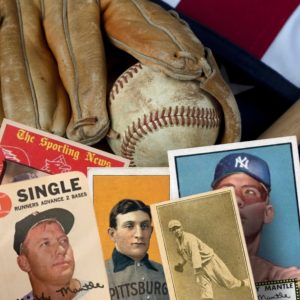
SECTION 1: AN INTRODUCTION TO BASEBALL CARD IN AMERICA
Baseball cards have evolved immensely over the years. From simple tobacco pack inserts to today’s highly sought-after Topps collections, these cards are a testament to America’s enduring passion for baseball. The tradition of collecting, trading, and investing in baseball cards has strong roots in American culture and the evolution of this hobby is nothing short of amazing. In this article, we will introduce you to a variety of transformational events that shaped the baseball card, and sports card industry as a whole, into what it is today.
The Inception of Baseball Cards
Before they became prized possessions safely kept in penny sleeves, top-loaders, special trading card binders, magnetic holders, and graded slabs, baseball cards had a rather modest inception. Born in the late 19th century, they initially accompanied tobacco products. Serving as stiffeners for cigarette packs, these cards doubled as advertisements for tobacco brands. Each card featuring players from different baseball teams not only promoted the brand but inadvertently marked the birth of the collecting hobby.
Within this realm of early baseball cards, the T206 Honus Wagner stands out as one of the most historically sought-after cards ever produced. Produced and distributed between 1909 and 1911, its scarcity was born from a rumored’ objection by Wagner, disapproving of his image promoting tobacco, especially to young fans. Today, the T206 Wagner is a pinnacle of card collecting, often commanding millions in auctions. It remains a symbolic piece, illustrating the era’s simplicity and the baseball card collecting hobby’s roots. As we will discuss later in this article, scarcity, quality, and historical relevance all play major roles in the value of both vintage and modern-day cards, however, for now, let’s continue on our journey through the anals of baseball card lore.
2025 Topps Series 1 Baseball - Factory Sealed - Value Box
Features
| Global Trade Identification Number | 00887521132621 |
| Year | 2025 |
| Product Dimensions | 5 x 3.5 x 2.83 inches |
| Item Weight | 6.9 ounces |
| ASIN | B0DWYYPRYL |
| Item model number | CBTB225963 |
| Manufacturer | Topps |
- Celebrate the Unofficial Start of Baseball: Topps Series 1 is collectors' and fans' first chance to embrace the start of the season and their love for the game. You can find yourself a baseball card box that includes the league's current stars, team cards, and rising rookies.
- Variety of Baseball Packs: Series 1 baseball card packs include base cards with sluggers like the 2024 American League MVP Aaron Judge, aces like 2024 National League Cy Young, Award-winner Chris Sale, and rookies Dylan Crews and James Wood Jr. They also celebrate 1990 Topps Baseball 35th Anniversary Insert cards with 2024 National League MVP and World Series champion Shohei Ohtani.
- Lead Off 2025 with the Value Box: 2025 Topps Series 1 covers the needs of every collector and fan. With 12 cards per pack and 7 packs per box, the Value Box is a set that sets the tone for the season.
- Sets for Every Collector Type: Whether you’re a set collector in the early stages of building your collection, a player collector rounding out your complete set, a team collector who cherishes your club’s history, or any other type, 2025 Series 1 will be a special addition to your collection. There are several ways to collect. However you choose to, remember having fun is the driving force behind every collection.
- Significance of 2025 Topps Baseball Cards: Some of the most beloved cards in baseball history come from Topps. The inaugural set includes arguably the most important card in Hobby history: The 1952 Topps Mickey Mantle card, his first ever Topps baseball card. What this season’s baseball card packs represent has yet to be determined, but they do present you with an opportunity to connect with the history of the game.
Evolving Beyond Tobacco Cards
As America transitioned into the 20th century, the scope of baseball cards broadened. While they still found their place in tobacco products, new avenues emerged. Caramel candies, chewing gums, and even newspapers began featuring baseball and entertainment cards. This diversification signified more than a mere shift in distribution; it underlined the escalating popularity of baseball cards, making them promotional gold for various industries. While collecting these cards may not have been front of mind during this era, the marketing value and novelty of these now highly sought after cards drove the industry in the early 20th century.
Tracing the journey of baseball cards from their inception to their current revered status offers fascinating insights into both the sport’s history and its commercial evolution. As we progress, we’ll uncover more layers, stories, and the ever-evolving nature of these cherished collectibles.
SECTION 2: DEFINING THE PRE-WAR ERA OF BASEBALL CARDS
Defining “pre-war baseball cards” has been a subject of debate among collectors and enthusiasts. The term “pre-war” typically refers to the period before World War II, but as with many categorizations in the realm of collectibles, the specifics can sometimes be contested. Below you will find some of the major arguments and perspectives on defining the pre-war era of baseball cards.
Pre-War Baseball Card Era: Based on World Wars
- Before World War II (1939-1945): Likely the most common definition is that any card produced before the United States’ involvement in World War II (around 1941 for the U.S.) is considered a pre-war card. This is a more generalized definition and spans a considerable period, including cards from the late 19th century through the early 1940s.
- Before World War I (1914-1918): Some collectors, especially purists, argue that the true “pre-war” cards are those issued before the onset of World War I. This focuses on cards issued predominantly in the late 19th century up to 1914.
Pre-War Baseball Card Era: Based on Production Era
- Tobacco Card Era: Some define pre-war cards by their association with the tobacco industry, primarily from 1909 to 1915. The T206 series, which featured players like Honus Wagner, is a prime example from this period.
- Candy and Gum Cards: Cards from the 1920s and 1930s were often associated with candy and gum products. Some collectors use this era, especially the 1930s, as the endpoint for pre-war cards.
SECTION 3: THE IMPACT OF EARLY ERA EVENTS ON BASEBALL CARDS
As you can see, there is a bit of controversy and confusion that comes along with using the term “pre-war cards.” However, it is safe to say that many factors have influence card production, and the hobby, in the early years of collecting. Let’s take a look at some other historical events that helped shape the early years of baseball card production and collecting.
Early Era Impact: The Evolution of the Game
Another perspective is to associate different eras in baseball card history with significant events or shifts in the world of baseball. For instance, Babe Ruth’s debut in the 1910s changed the game fundamentally. The Bambino’s play style created forever changed the game and led to more emphasis on power and home runs. Some might use such significant baseball milestones as markers to define eras. Regardless of how you define the various eras of baseball card history, we can agree that certain athletes had a profound impact on the game and the baseball card collecting hobby. Afterall, we still see modern day baseball cards depicting the legends and pioneers of the game.
Early Era Impact: Economic Considerations
The period leading up to the U.S. involvement in WWII was marked by the Great Depression. Economic realities greatly influenced the production and distribution of baseball cards. Some argue that these economic conditions play a role in defining the pre-war era, highlighting how scarcity and card quality were influenced by broader societal factors.
Early Era Impact: Cultural & Aesthetic Differences
It’s safe to say, cards before and during the WWII era have a distinct look and feel, often hand-colored and bearing unique designs, especially when compared to post-WWII cards that became more standardized. Some collectors emphasize this aesthetic difference as a defining factor when defining “pre-war” vs. “post-war” cards.







